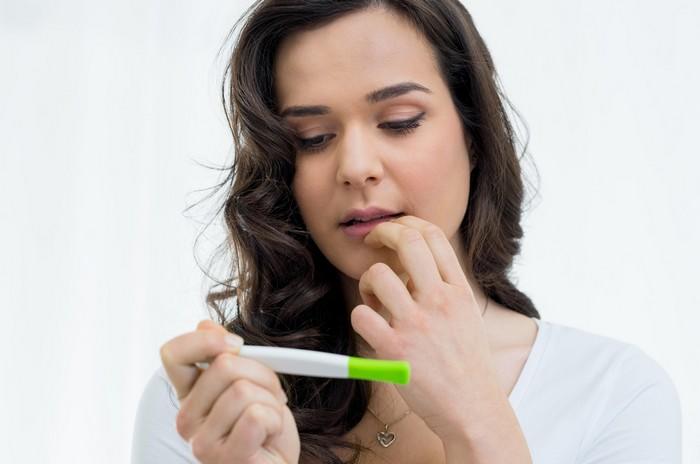Oura’s innovative Fertile Window feature has demonstrated its superiority in ovulation prediction, outperforming the traditional calendar method with a study validating its accuracy. The research, conducted by Oura’s in-house scientists and published in the Journal of Medical Internet Research, showcased the Oura Ring’s ability to more precisely detect ovulation and peak fertility periods.
Unlike the calendar method, which estimates ovulation based on historical menstrual cycles, Oura’s Fertile Window uses continuous temperature data from the smart ring’s sensors and a proprietary algorithm to track changes in ovulation, fertility chances, and predict ovulation day. The results of the study indicate that Oura’s method significantly outperformed the calendar approach, with the ring detecting ovulation in 96.4% of cases and an average error margin of just ±1.26 days. In comparison, the calendar method had an average error of ±3.44 days.
Notably, Oura’s Fertile Window was found to be highly accurate across all participants, regardless of their age, menstrual cycle length, or regularity. This is particularly beneficial for individuals with irregular cycles, with Oura’s method showing an average error of only 1.48 days, compared to 6.63 days for the calendar method.
This study is part of Oura’s ongoing efforts to validate its health-tracking features, continuing a trend of rigorous scientific testing. Although the research was conducted by Oura’s own scientists, the findings highlight Fertile Window as a more personalized and reliable tool for ovulation prediction, a significant step forward from traditional methods.
The feature, which was released in October 2024 as part of an update to Cycle Insights, now provides a more accurate and individualized approach to tracking ovulation. Additionally, when compared to other wearables, including the Apple Watch, Oura outperformed its competitor slightly. The Oura Ring demonstrated a mean absolute error (MAE) of 1.18 days for typical cycle participants, compared to Apple Watch’s 1.53 days, and 1.70 days versus the Apple Watch’s 1.91 days for atypical cycles.
As Oura’s Gen 4 ring continues to advance with improved sensors, this may not be the last feature validated through scientific research. With such promising results, Oura’s health-tracking capabilities are poised to remain at the forefront in 2025.
Related topics:
Rise in Women Using No Contraception Linked to Increase in Unintended Pregnancies, Study Finds
Fertility Preservation Strategies for Breast Cancer Patients: Expert Insights
Awareness and Use of Folic Acid for Pregnancy Prevention Remains Stagnant, Study Shows

























